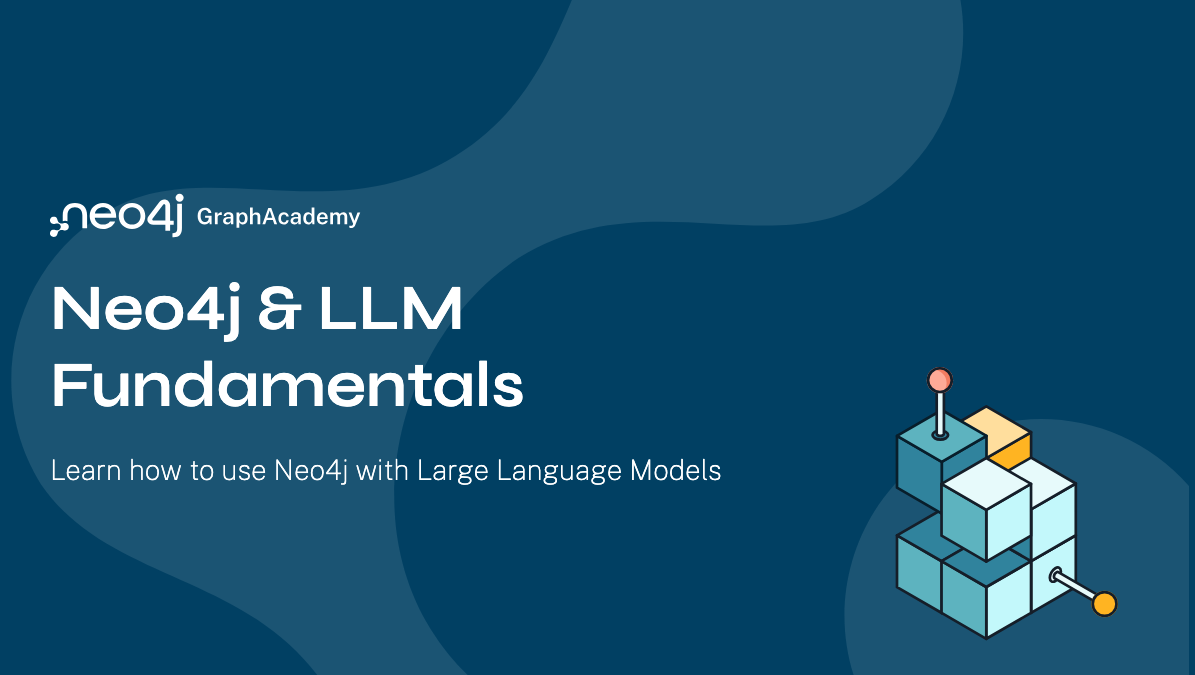GenAI Ecosystem
Knowledge graphs bring more accurate responses, rich context, and explainability to each generative AI model interaction. By combining knowledge graphs with native vector search, you get the best of both worlds with Graph RAG (Retrieval Augmented Generation).
Language models also can be used to extract entities and their relationships from unstructured text to build up and enrich knowledge graphs.
How to get started
-
For an high level overview, have a look at neo4j.com/genai
-
Use the LLM-Knowledge Graph Builder to turn your own documents into a knowledge graph
-
If you want to learn more take one of the GenAI GraphAcademy courses
-
Pick your GenAI framework of choice and start building your own GenAI applications with Neo4j
GraphAcademy Courses
If you want to learn how LLMs and Knowledge Graphs combine to improve GenAI applications, check out the Neo4j & LLM courses on GraphAcademy.
GenAI Ecosystem
The Neo4j GenAI Ecosystem is a collection of tools and integrations that make it easy to use LLMs with Neo4j.
GraphRAG
GraphRAG combines an ingestion process that extracts entities and relationships from unstructured text and further uses graph algorithms for enrichment and summarization. The retrieval step then uses the knowledge graph in combination with vector search to navigate to more relevant information than just the initial text chunks.
GraphRAG Ecosystem Tools
In Neo4j Labs we built a number of tools, to demonstrate the power of combining graphs with LLMs. All these tools are open source, you can use and contribute to them or learn and build your own.
Cloud Examples
Neo4j has worked with the main cloud providers to create GenAI integrations and examples on their platforms.
Neo4j GenAI Features
Neo4j added a number of features to make it easier to build GenAI applications and integrate LLMs with knowledge graphs.
